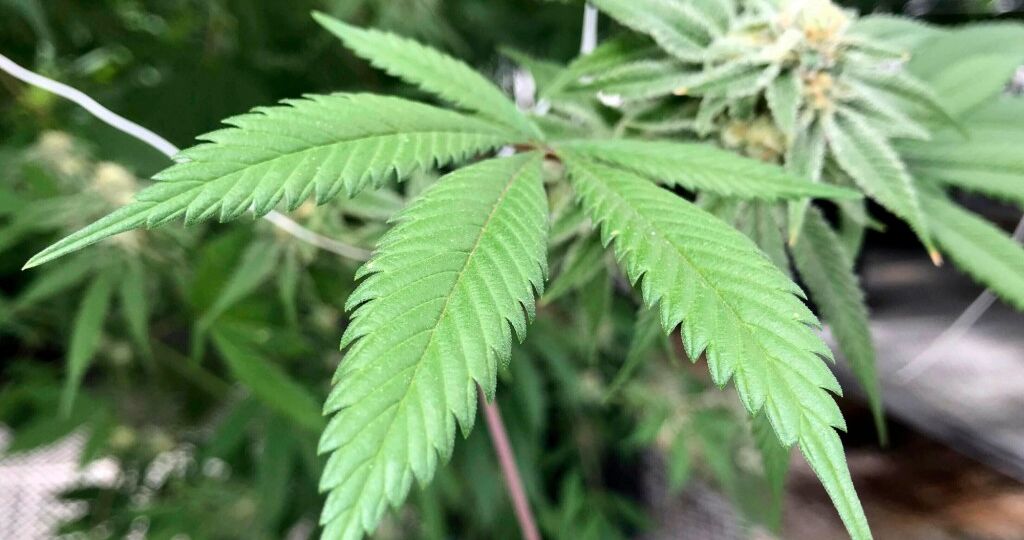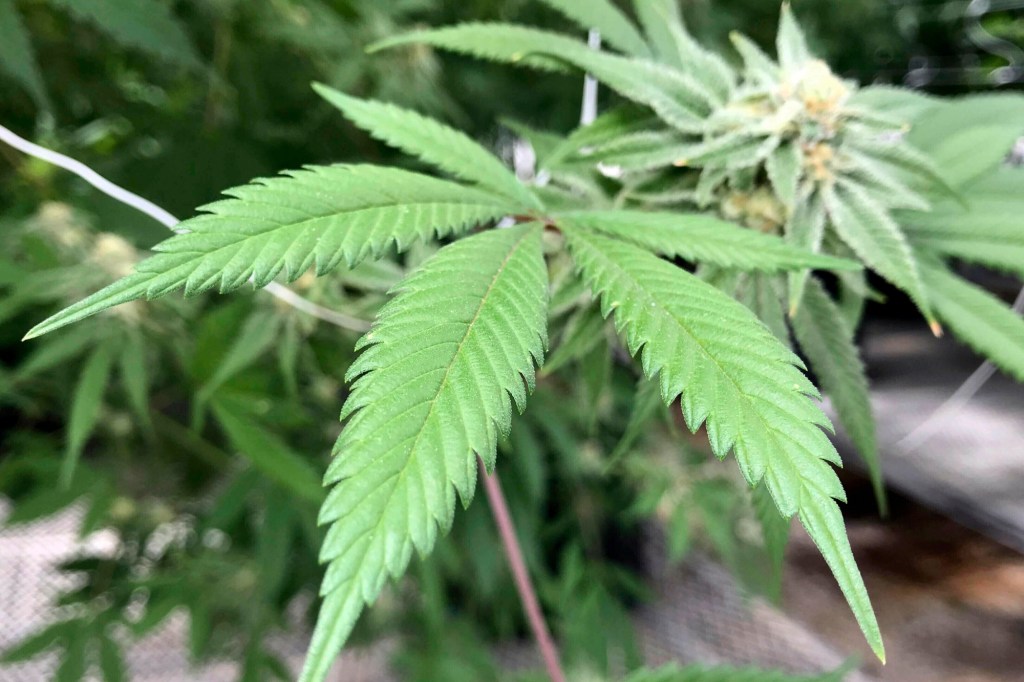

It’s time to drop the pretense that marijuana is a dangerous drug with no therapeutic value.
Is it completely safe? No. But the identified health risks, aside from the hazards associated with smoking it, are generally rare or mild. Is it addictive? In some people, dependence is a risk.
Does it belong in the same category of drug as heroin, LSD and Ecstasy? No. Yet there it stays, classified by the Drug Enforcement Administration as a Schedule I substance under the Controlled Substances Act. Officially, that means it has high potential for abuse and no known health benefit.
People know better
Floridians know better by now. Americans know better.
The vast majority live in the 38 states that have decriminalized use of medical marijuana. An increasing number of states have also taken down barriers to recreational use as well.
It seems increasingly likely that Florida voters will have the chance to legalize recreational use for people age 21 and older in a statewide vote in November of 2024. A new poll by two Florida universities shows that three out of five adults favor legalization of recreational use of marijuana.
At the federal level, it’s time to move pot into a classification that makes more sense. U.S. Department of Health and Human Services Secretary Xavier Becerra confirmed last week that the agency is seeking a shift from Schedule I to Schedule III under the Controlled Substances Act. It’s the right move. The number of lives ruined by prosecutions of people caught using or possessing marijuana far outweighs any documented health or addiction risks, and an increasing body of evidence suggests that its therapeutic value is just beginning to be understood.
It’s important to note that this reclassification is not a whole-hearted leap into decriminalization at the federal level. That keeps marijuana use in a weird sort of pharmacological limbo where the DEA and other agencies assiduously overlook the blatant spread of medical marijuana dispensaries and even recreational use in states that now allow that.
But it’s a significant incremental step because it should lower penalties nationwide for marijuana use and possession.
A path to better research
It also allows for the kind of research that could provide more information about the drug’s actual impact on human health and behavior.
Until recently, researchers were limited to one domestic source for marijuana, a University of Mississippi center that grew a strain of pot that was of a far lower potency than permitted under many states’ medical marijuana laws. Permits to access the drug could take months, even years to obtain.
That changed in 2021, with a law that allowed more growers to supply researchers. But this shift could give them access to the same broad array of cannabis-based products available to medical or recreational users across the nation.
It also opens the door to better service models for customers of businesses who, under the current classification, have trouble obtaining credit, processing common payment methods or even having a bank account. When dispensaries are forced to operate on a cash-only basis, they and their customers can become magnets for theft, embezzlement, even strong-arm robbery.
There will likely be tax benefits for cannabis-related businesses, who are not currently entitled to common corporate tax breaks.
This reclassification could even lead the way to insurance coverage for people who find that marijuana alleviates very real symptoms of serious physical ailments, including nausea associated with chemotherapy, crippling anxiety from post-traumatic stress disorder or pain and inflammation of ailments such as arthritis.
Finally, it embraces common sense. That’s in short supply in the DEA’s method of classifying drugs. For proof of that, look no further than the substances listed in Schedule II — which span the gamut from commonly prescribed ADHD drugs to synthetic opiates such as fentanyl, which can kill in extremely small doses.
For those who want full decriminalization, this may be a frustrating baby step. But it’s a step forward, and one that’s long overdue.
The Sun Sentinel Editorial Board consists of Editorial Page Editor Steve Bousquet, Deputy Editorial Page Editor Dan Sweeney, editorial writer Martin Dyckman and Editor-in-Chief Julie Anderson. Editorials are the opinion of the Board and written by one of its members or a designee. To contact us, email at letters@sun-sentinel.com.

